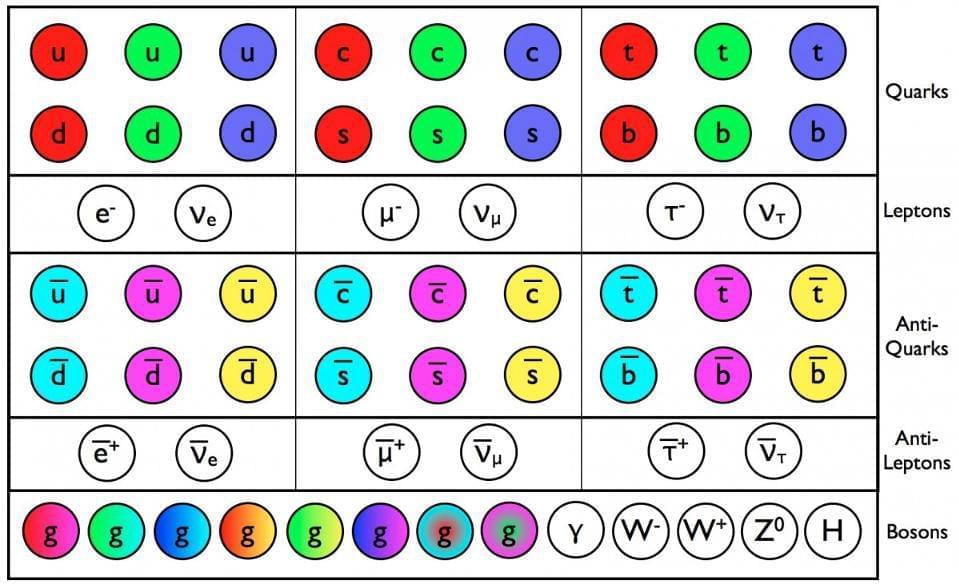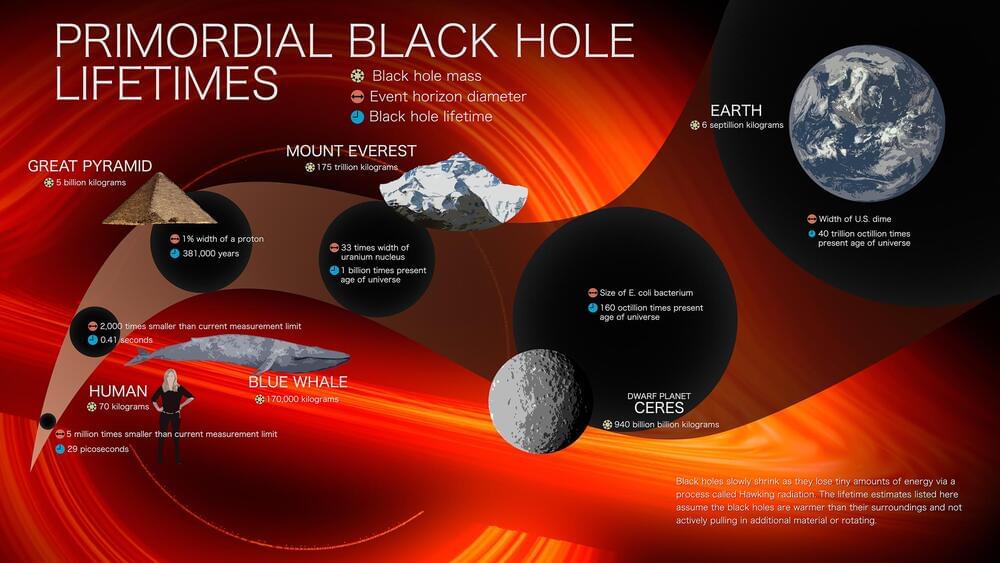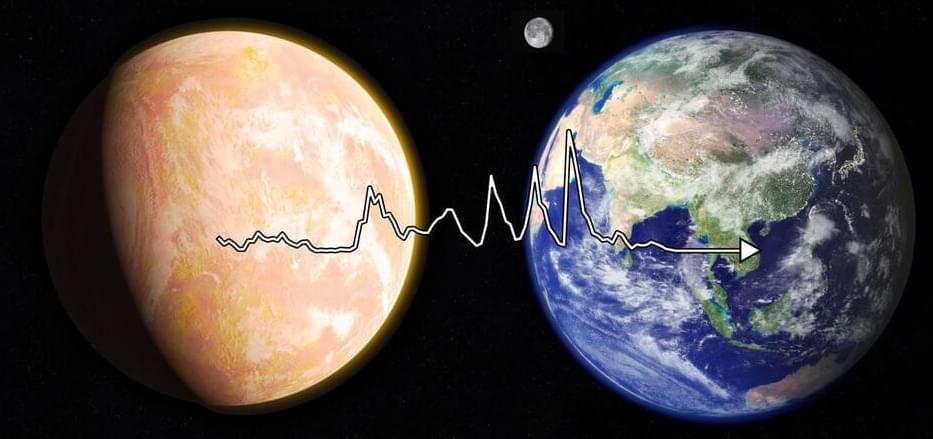May 28, 2024
A Huge Cosmology Problem Might Just Have Disappeared
Posted by Dan Breeden in categories: computing, cosmology, mathematics, open access, physics
Take courses in science, computer science, and mathematics on Brilliant! First 30 days are free and 20% off the annual premium subscription when you use our link ➜ https://brilliant.org/sabine.
The rate at which the universe is currently expanding is known as the Hubble Rate. In recent years, different measurements have given different results for the Hubble rate, a discrepancy between theory and observation that’s been called the “Hubble tension”. Now, a team of astrophysicists claims the Hubble tension is gone and it’s the fault of supernovae data. Let’s have a look.
Continue reading “A Huge Cosmology Problem Might Just Have Disappeared” »


















